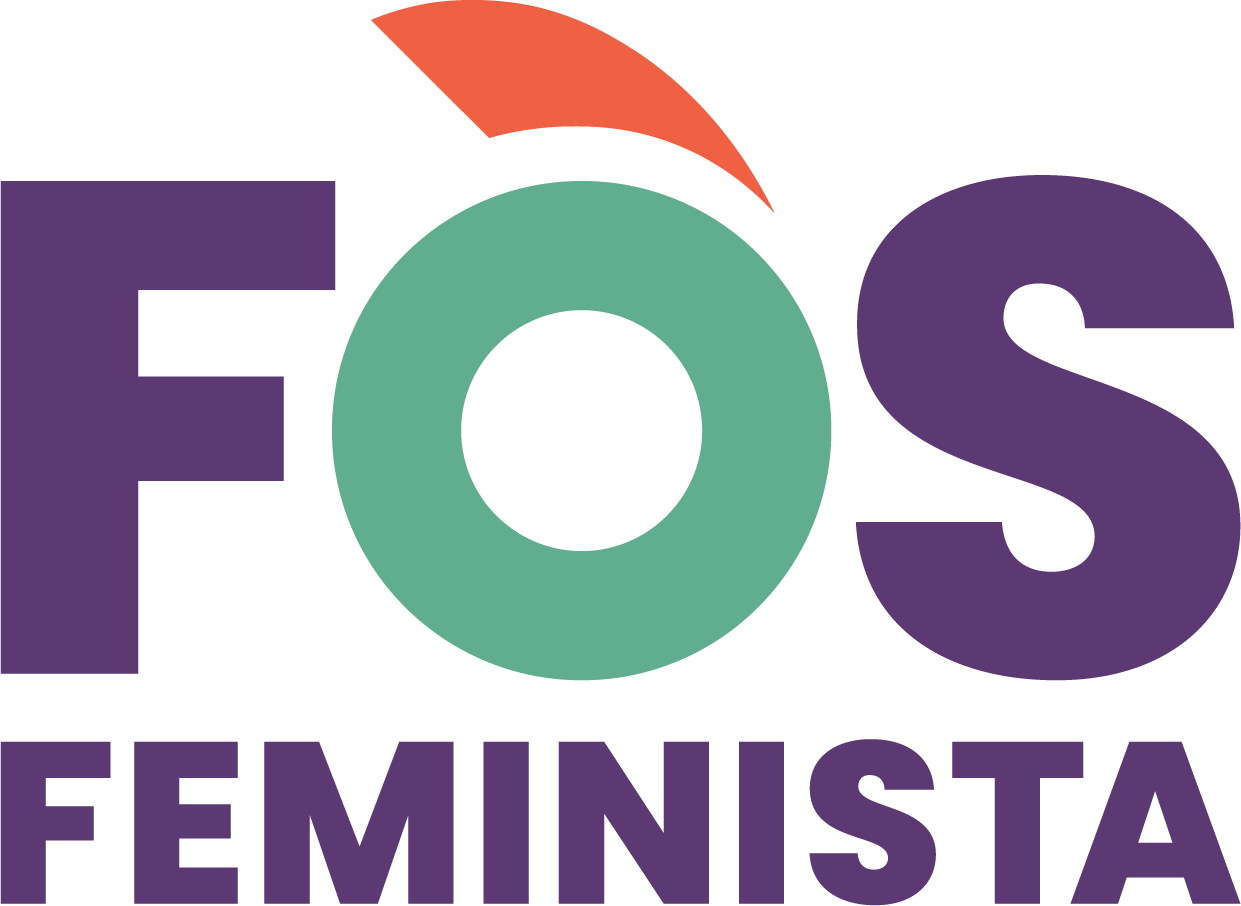
Learn more about what's behind the growing adoption of the internal condom in Chile.
Valentine’s Day is approaching and love is in the air. While you can’t escape candy hearts, roses, and the many other romantic trappings of this holiday, you might not be aware that today is also International Condom Day.
To mark the occasion, we’re sharing our discussion with the education team of the Chilean Family Protection Association (APROFA) about internal condoms and what has taken place in Chile to create the environment for the adoption of this contraceptive method:
What is the current situation of internal condoms in Chile, and in which population segments are users concentrated?
Although internal condoms emerged in 1992 in the U.S. and Europe, it was not until 2014 that thanks to the efforts of civil society organizations, its arrival in Chile was achieved, all this in a very timid way and without any link to the autonomy of women’s bodies.
Only in 2017 began the distribution of internal condoms free of charge, which facilitated access to this highly effective method both for the prevention of STIs and unwanted pregnancies. However, even today it is still difficult to find them in pharmacies, where it has a high price when compared to the external condom. The young population, of medium/high socioeconomic level and mostly students of higher education are the ones who know this method.
Some of the problems that are still present are mainly the high cost compared to penile condoms, the reduced or non-existent stock in pharmacies and the lack of information regarding their use and where to get them.
What are the main questions that users have about female condoms?
In general, they are focused on the structure of the condom, which is very different from what we know with the penile condom. There is concern about the sensation that could be generated by the rings at the ends, which in general, do not generate discomfort, and the external ring can even be used as an element to generate vulvar pleasure for the user. Another frequent question is whether it can be reused, the answer is still no.
Finally, regarding the material they are made of, since a significant number of women are sensitive or allergic to latex, or to the spermicides that come with penile condoms. In the case of vaginal condoms, they consist of a thin, soft nitrile sheath, lubricated with silicone, which avoids allergies, and the material allows them to have greater resistance, less deterioration due to changes in temperature and humidity, and allows the use of oil-based lubricants.
To what do you attribute the large number of users in Chile compared to other Latin American countries?
The Ministry of Health and local governments have had a timid approach to the idea of massifying this method as an alternative to the penile condom, but feminist movements and civil society organizations have been responsible for raising awareness of its use through sexuality education campaigns, access at a fair price and even free delivery in certain populations to achieve adherence.
For organizations such as APROFA, the use of vaginal condoms not only protects the health of those who use them, but is also an element that promotes women’s autonomy, their independence in deciding about their bodies and their sexual and reproductive lives, without exposing themselves to negotiations and even situations of violence because their partners do not agree to wear a penile condom. On the other hand, this method opens opportunities for lesbian or bisexual couples for whom there is a limited access to protection barriers.
How can we support APROFA in positioning the internal condoms market?
It is necessary to make a lot of noise, from the manufacturer to organizations such as APROFA, so that this method is sufficiently widespread and well-known to make sure more women can buy it and use it. At the same time, the price should be reduced, making it accessible to all types of people, regardless of their socioeconomic level. A national campaign with delivery of internal condoms would be of great help for the population to be educated.
—
For Valentine’s Day, APROFA created gift packages that include condoms, lubricants, vibrators, and other items that will make sex safer for young people—and a more pleasurable experience.
Just like APROFA in Chile, many of Fòs Feminista’s other partners around the world are making sure that a variety of contraceptive methods are available for women, girls and gender-diverse people for free or with a reduced price.






